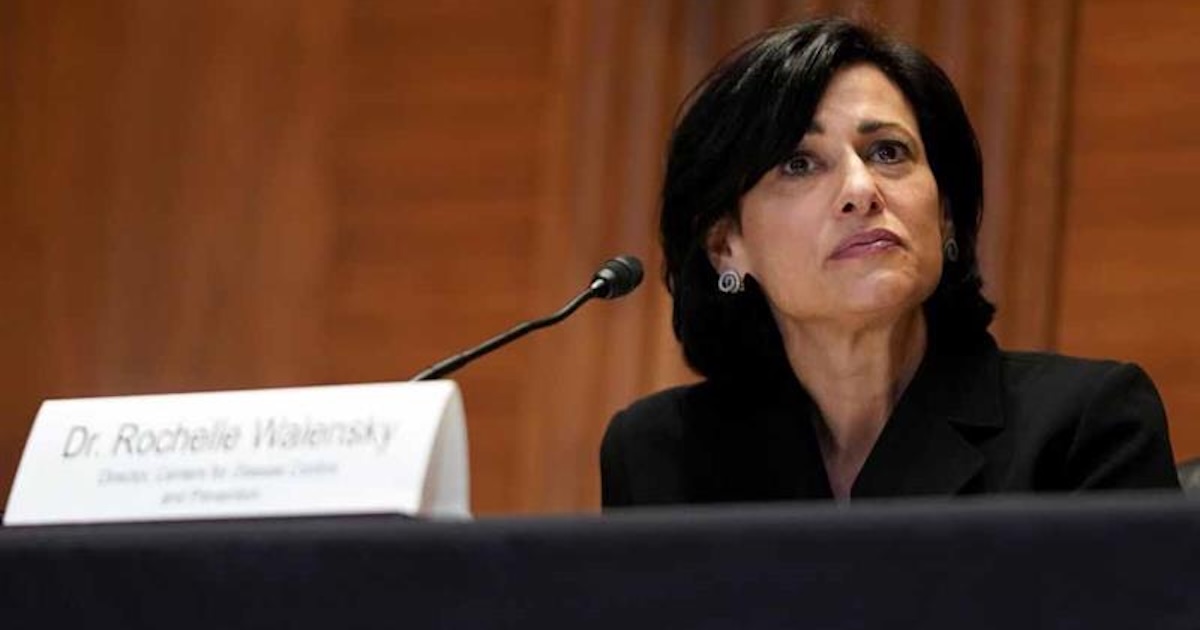Much of the debate surrounding mHealth concerns its actual worth to the healthcare system. More specifically, how should we define that "value"?
While some solutions focus on the means by which mHealth eliminates unnecessary costs – in essence, saving money, or preventing it from being spent – others focus on the revenue it could generate, either by new business or government reimbursements.
Both answers are correct. At least that's the experience of two distinct health systems taking different approaches, and each doing so successfully.
UPMC's recipe
For Andrew Watson, MD, vice president of University of Pittsburgh Medical Center's International and Commercial Services Division and a colorectal surgeon, the focus is on "cost avoidance." Telemedicine and mHealth tools allow him to cut down on the 90-mile drives between his clinic and his hospital in western Pennsylvania, saving time and gas.
And he's just one doctor in a 20-hospital, 400-care-location network, the second-largest integrated delivery finance system in the United States, behind Kaiser Permanente and just ahead of Intermountain and Geisinger. Multiply that out to all the providers in UPMC's system, and the value skyrockets.
[Related: Telehealth success tips from the pros at Partners.]
Watson, in fact, has a "cost avoidance" formula that underpins the success of the UPMC's far-reaching telemedicine program.
Take UPMC's Department of Biomedical Informatics, for instance. The division uses a UPMC-designed telemedicine cart in 19 skilled nursing facilities that helped save some $400,000 in potentially avoidable hospitalization costs, according to Steven Handler, MD, an assistant professor in the biodmedical department.
Over in UPMC's CHF Chronic Cardiac Management program, a home-based telemonitoring platform helped reduce the network's readmission rate from the statewide figure of 28 percent to 4 percent, said the unit's director Ravi Ramani, MD. Ramani added that reduction not only translates to costs not incurred, but the avoidance of readmission penalties and reduced reimbursement.
"This is not small money for any system," Watson said, "especially an integrated system."
Marshfield's mHealth accountability
Myriad health networks are rethinking value as they adopt mHealth and telehealth tools – all part of the national shift from high-cost, low-value to low-cost, high-value healthcare. Indeed, organizations such as the Marshfield Clinic are learning to balance new business with reduced expenses, and shifting risk so that all of the parties involved carry the burden (and share in the benefits) of improving outcomes, according to Nina Antoniotti, RN, MBA, PhD, the Marshfield Clinic's director of telehealth.
"The new payment models are really about being accountable," Antoniotti said. And these new models require "a really good way of sharing data" and deploying analytics.That, in fact, is the catalyst for Marshfield's adoption of mHealth strategies.
Antoniotti said health networks are challenged to measure outcomes, or even to define quality. While there's a general consensus that the nation is moving away from a fee-for-services system and toward pay-for-performance, she said, "this model really needs a set of guiding principles."
To wit: How does one split the risk between providers, payers and patients, especially when those patients are using some form of mHealth technology? How do you value care coordination and transition care? Do you make use of episodic or bundled payments, and define a certain length of time for which that care is measured?
Patient engagement and satisfaction
And then there's the happiness factor. Quality of life, especially in patient engagement, plays a huge role in determining the value of healthcare overall, and mHealth specifically.
"If your patients are unhappy, you're going to get less money," Antoniotti said.
The UPMC physicians agreed.
"Nothing will be as transformational or as fast as a consumer with his or her own money," said Michael Parkinson, MD, senior medical director of health and productivity for the UPMC Health Plan and WorkPartner, at the American Telemedicine Association's 2014 conference this week in Baltimore, where the other UPMC physicians and Marshfield's Antoniotti also spoke in separate panel sessions.
Parkinson sees telemedicine playing a vital role in workplace health and the development of health plans. If employees aren't using it to stay healthy, they're costing their employers and the provider network.
"Engagement is the new currency of the realm," he said. "If your employees and their family members are not engaged (with their providers), you will be paying extraordinary healthcare costs."
Related articles:
Kiosks: An mHealth entry point for providers
mHealth startups home in on evidence-based medicine
ATA conference shines spotlight on care delivery


